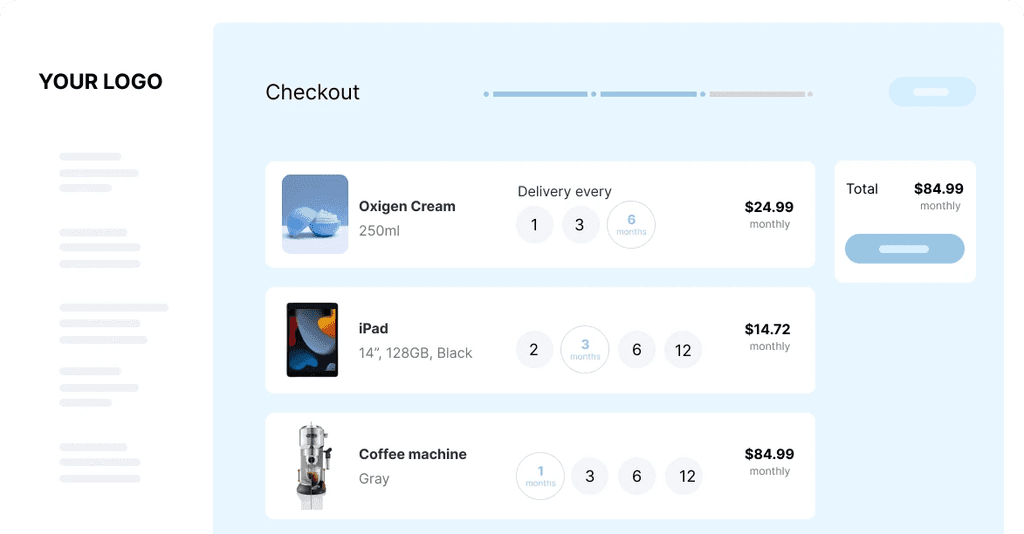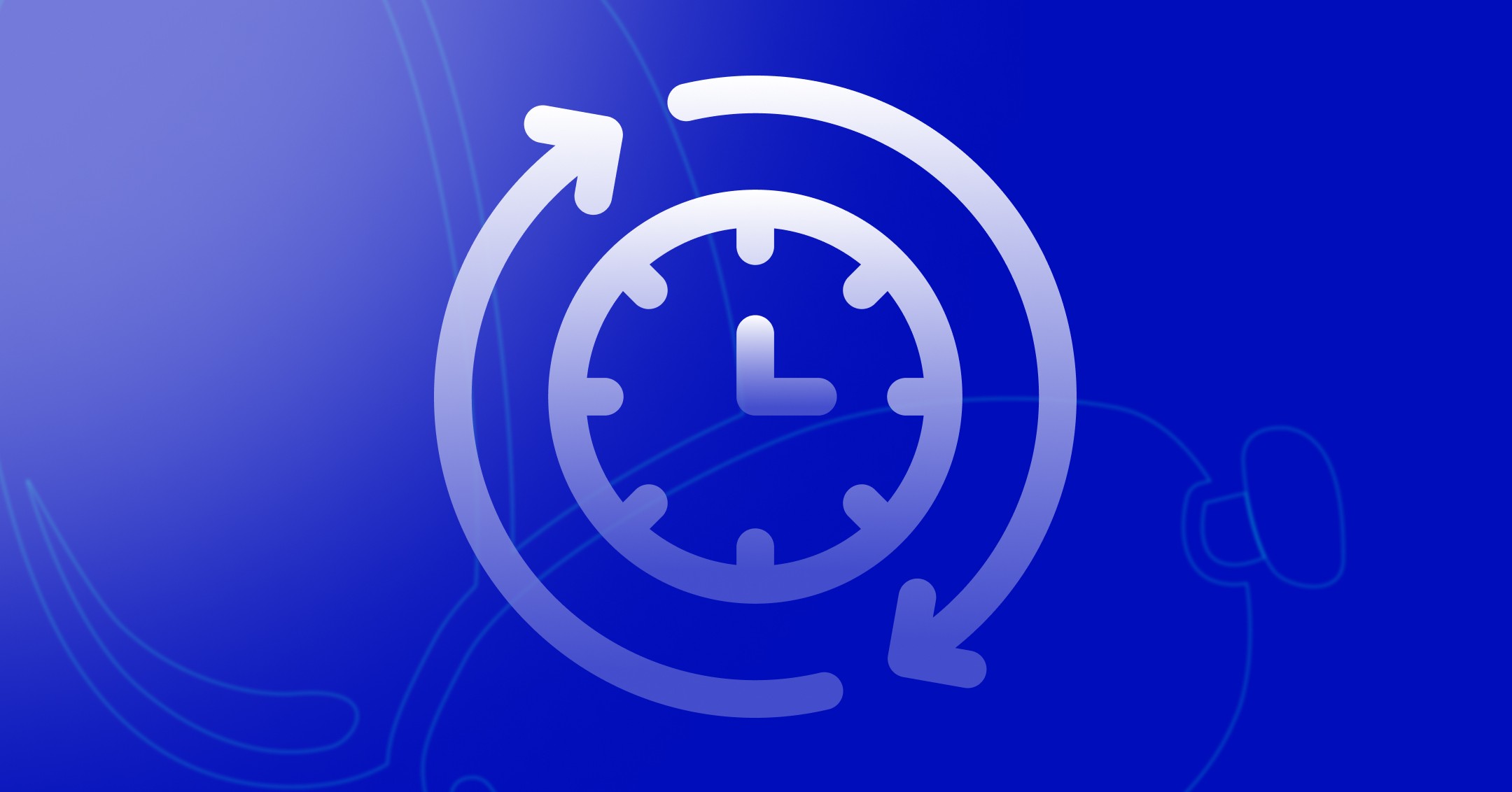How to Increase Customer Lifetime Value: The Definitive Guide for Growth-Focused Businesses
Flor Bermúdez

Jan 30, 2025
Understanding the Fundamentals of Customer Lifetime Value
Customer lifetime value (CLV) is at the heart of building sustainable business growth. When you understand how much revenue a customer generates over their entire relationship with your business, you can make smarter decisions about customer acquisition, retention, and service improvements. Let's explore the key elements that make up CLV and how they work together.
Key Components of CLV
Three main metrics work together to determine your customer lifetime value:
Average Order Value (AOV): This shows how much customers typically spend per purchase. You can increase AOV through thoughtful product bundling, relevant upsells, and personalized product suggestions based on past buying behavior.
Average Purchase Frequency Rate (APF): This tells you how often customers come back to buy again within a set time period. Strong loyalty programs, well-timed email campaigns, and regular customer engagement help drive more frequent purchases.
Average Customer Lifespan (ACL): This measures how long customers stay with your business before churning. Great customer service, proactive support, and understanding individual customer needs all help extend customer relationships.
These metrics paint a clear picture of customer behavior when analyzed together. For example, some customers may make large but infrequent purchases, while others buy smaller amounts more regularly. Understanding these patterns helps you serve different customer segments effectively.
Here's a real example that shows how these numbers work: Consider a business that made $200,000 in revenue over 6 months from 40 orders - their AOV would be $5,000. If they sold 1000 products to 200 unique customers, the APF would be 5. Multiply these numbers with ACL to forecast the total expected revenue from each customer relationship. Learn more about CLV calculations and strategies.
The Importance of CLV:CAC Ratio
The CLV:CAC ratio compares customer lifetime value against customer acquisition cost. This key metric reveals whether you're spending the right amount to acquire new customers relative to the revenue they generate. A healthy ratio shows you're growing efficiently.
Watch for warning signs in this ratio. If it's too low, you may need to reduce acquisition costs or boost customer retention. If it's unusually high, you might be underinvesting in growth. Regular monitoring helps maintain the right balance.
Using these core metrics and understanding how they connect lets you build strategies that create lasting, profitable customer relationships. Start by measuring your current performance, then test improvements to each component while tracking the impact on overall CLV.
Implementing Value-Based Growth Strategies That Actually Work

Smart companies know that keeping customers is just the beginning - the real goal is growing their lifetime value over time. By understanding which customer segments drive the most revenue and building deeper relationships with them, businesses can create sustainable profits that compound year after year. This approach requires looking beyond quick wins to focus on long-term customer success.
Identifying and Nurturing High-Value Customers
The first step is figuring out who your best customers really are. This goes deeper than just looking at current spending - you need to identify customers who will stick around and grow with you over time. For instance, someone making regular small purchases often ends up more valuable than a one-time big spender. Once you know who these star customers are, you can give them the VIP treatment they deserve.
The numbers back up this targeted approach. Take Boyner, who saw incredible results by focusing on high-value acquisition: 310% growth in customer lifetime value, 240% more new customers, and 20% lower acquisition costs. By prioritizing the right customers from the start, they built a foundation for sustainable growth.
Personalized Retention Programs That Scale
Basic loyalty programs often miss the mark because they treat everyone the same way. Modern retention strategies use customer data to customize rewards and communications based on individual preferences and behaviors. The key is making this personalization scalable through technology - automated but personal-feeling messages, product suggestions, and loyalty tiers that make each customer feel valued without requiring manual effort.
Getting customers off to a strong start is crucial too. A smooth onboarding experience helps new customers quickly grasp your product's value and sets them up for long-term success. For more insights on evolving customer relationships, check out this analysis of how subscriptions are changing consumer behavior. When you combine smart data use with genuine care for customers, you build the kind of lasting relationships that drive real business growth.
Leveraging Data Analytics to Transform Customer Relationships
Understanding customer behavior is key to growing any business. Data analytics gives companies clear insights into what customers want, how they shop, and what makes them come back. With these insights, businesses can create better experiences that keep customers happy and boost their value over time.
Implementing Effective Tracking Systems
Good tracking systems are essential for making smart decisions based on data. These systems monitor important customer activities - from their first website visit to their latest purchase. By tracking things like which pages customers view and what products interest them, companies get valuable clues about customer preferences and shopping patterns.
Conducting Meaningful Cohort Analysis
Cohort analysis helps businesses understand different customer groups by looking at shared traits, such as when they made their first purchase. For example, customers who came through a specific marketing campaign might spend more on average than those who found the business organically. This kind of insight helps companies focus their marketing efforts where they'll have the biggest impact.
Using Predictive Modeling to Anticipate Customer Needs
Predictive modeling uses past customer data to forecast future behavior. This helps businesses spot customers who might stop buying, identify opportunities to sell more, and understand what customers might need next. For instance, if data shows a customer regularly buys certain items every few months, the business can send timely reminders when they're likely running low.
Keeping track of customer value over time is crucial for growth. Companies can use tools like customer relationship management (CRM) software and analytics platforms to monitor spending patterns and behavior. Regular analysis shows which strategies work best for different customer groups. This ongoing measurement helps businesses spot what's working and fix what isn't, leading to stronger customer relationships. Want to learn more about tracking customer value? Read our detailed guide on unlocking customer lifetime value.
Creating Exceptional Customer Experiences That Drive Loyalty

When customers have great experiences with your business, they're more likely to keep coming back. Going beyond basic customer service, successful companies focus on creating memorable moments that build real connections. This means getting to know customers as individuals and making every interaction count.
Personalizing Every Touchpoint in the Customer Journey
Good personalization involves more than adding someone's name to an email. It means really understanding what each customer needs and likes, then shaping their experience around that. For instance, if you notice a customer regularly buys running gear, you might suggest complementary items like moisture-wicking socks or energy gels. Small touches like remembering their preferences or past purchases show customers you value them as individuals.
Implementing Effective Loyalty Programs
The best loyalty programs do more than just give points for purchases. They create real value through exclusive perks, personalized rewards, and a sense of belonging. Consider offering early access to new products, special member-only events, or birthday surprises. When customers feel truly appreciated, they're more likely to stick around and tell others about your brand.
Developing Meaningful Customer Feedback Loops
Your customers' input is gold when it comes to improving their experience. Make it easy for them to share feedback through surveys, reviews, and social media. More importantly, show them you're listening by making real changes based on what they say. When you respond thoughtfully to negative reviews and fix problems customers point out, you build trust and show your commitment to getting better.
Creating Emotional Connections With Your Customers
The strongest customer relationships go beyond just buying and selling. Think about companies like Patagonia - their dedication to environmental causes creates deep connections with customers who share those values. Building genuine emotional bonds turns satisfied customers into passionate brand advocates who stick with you for the long haul.
Using Technology to Scale Personalization
Smart use of technology helps deliver personal experiences to many customers at once. Tools like customer relationship management (CRM) systems and marketing automation platforms make it possible to track preferences and customize interactions at scale. But remember - 73% of shoppers value businesses that respect their time, so balance automation with real human connection. For example, Sharpei helps businesses offer flexible payment options like rentals and subscriptions, making shopping more convenient while maintaining that personal touch. This kind of thoughtful technology use can boost both purchase frequency and customer loyalty.
Building Long-Term Customer Relationships That Last

The best companies know that customer retention goes far beyond just preventing churn. It's about building real connections that make customers want to stick around and spend more over time. This shift from simple transactions to meaningful relationships requires thoughtful strategy and consistent execution. Let's explore how successful businesses make this happen at scale.
Developing Customer Advocacy Programs
When satisfied customers become enthusiastic brand advocates, they create immense value for your business. Smart companies build structured advocacy programs that give customers compelling reasons to spread the word. For instance, you might offer referral rewards, create VIP communities for loyal customers, or highlight success stories. This approach works on multiple levels - it validates your brand for newcomers while giving existing customers more reasons to stay engaged.
Creating Resonant Content
Great content builds strong customer relationships, but only when it truly connects with your audience's needs and interests. Focus on providing real value through educational blog posts, helpful videos, and interactive resources that address customer questions and challenges. Be generous with your expertise - when customers see you as a trusted resource, they're more likely to stick around. Consider creating premium content just for your most loyal customers as an extra way to show appreciation.
Maintaining Engagement Throughout the Customer Lifecycle
The work of building customer relationships continues long after the first purchase. Regular, personalized communication helps nurture these connections over time. Send targeted emails based on each customer's interests and purchase history. Reach out on social media to answer questions and share updates. Simple gestures like post-purchase follow-ups show customers you care about their experience beyond just making the sale.
Actionable Frameworks for Relationship Building
To build strong customer relationships systematically, you need the right tools and processes. A good customer relationship management (CRM) system helps track interactions and personalize outreach. Regular feedback surveys reveal what's working and where you can improve. Learn more in our article about how the circular economy is transforming the sustainable future. By putting solid frameworks in place, businesses of any size can strengthen customer bonds and drive growth through loyal, long-term relationships.
Measuring Success and Driving Continuous Growth

Building a successful customer value strategy requires a data-driven approach focused on tracking key metrics and making continuous improvements. When you measure the right things and respond strategically to what the numbers tell you, you can steadily grow customer lifetime value over time.
Key Metrics and KPIs for Long-Term Success
To really understand what drives changes in customer value, you need to look beyond just the total CLV number. Focus on tracking three core components: Average Order Value (AOV), Average Purchase Frequency Rate (APF), and Average Customer Lifespan (ACL). Rising AOV might show your upselling is working well, while higher APF could mean customers love your loyalty program. Keep a close eye on your CLV:CAC ratio too - this tells you if you're spending the right amount to acquire each customer compared to what they're worth.
Establishing Meaningful Benchmarks
Raw data only becomes useful when you have context to compare it against. Set clear benchmarks based on your industry averages and past performance to gauge progress. For instance, if businesses like yours typically see a CLV of $500, aiming for $600 gives your team a concrete goal to work toward. Want more revenue-boosting tips? Check out Top 10 strategies to boost your rental business.
Turning Data into Action: Implementing Effective Testing Frameworks
Once you know what to measure, start testing different approaches to improve those numbers. Run controlled experiments with your marketing campaigns, loyalty program rewards, and product recommendations. Track each test carefully and use what you learn to refine your strategy. This cycle of testing, measuring, and adjusting helps you steadily optimize your approach.
Creating a Culture of Continuous Improvement
Growing customer value isn't a one-time project - it takes ongoing dedication from your whole team. Share data insights regularly, encourage new ideas, and celebrate wins together. When everyone understands how their work impacts key metrics, they'll be more invested in finding ways to improve them further.
Sharpei helps businesses attract and retain customers through flexible payment options like rentals, lease-to-own plans, and subscriptions. By meeting different customer needs, these payment choices can boost your average order values and purchase frequency.
Learn more about driving growth with Sharpei at www.gosharpei.com.
Related posts
Ready To Join The Circular Movement?
United for a smarter shopping experience and a better planet












